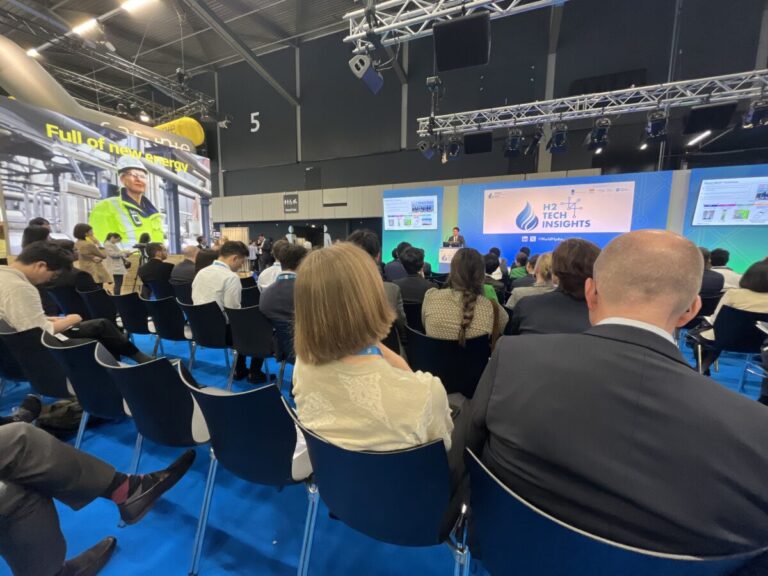The development of green hydrogen production in Europe is progressing in fits and starts, but the ongoing World Hydrogen 2024 event in Rotterdam is calling for the adoption of blue hydrogen, indicating that the oil and gas industry is aiming to take control of the hydrogen market to keep.
Hydrogen associations from Central Europe have said this pv magazine that their hydrogen import projects are proceeding at full speed. In contrast, green hydrogen production projects in the central part of the continent are lagging behind in development, mainly due to high electricity costs. Some analysts also noted problems with regulations and demand for hydrogen in Europe.
Two sources, who spoke on condition of anonymity, said some parts of Europe are better at handling manufacturing projects – namely the Scandinavian countries and the Iberian Peninsula. As an example they mentioned the results of the first auction of the European Hydrogen Bank, whose winners were projects in Finland, Norway, Spain and Portugal. Scandinavia and Iberia are indeed the two European regions with the lowest electricity prices.
“Norway has been a leader in CCS technology for more than 30 years. Hydrogen is a tool in our toolbox for the energy transition,” says Hilde Gillebo, senior advisor to the Norwegian Ministry of Energy, adding that many Norwegian companies are active in this area, both in blue and green hydrogen.
Henrik Andersen, director of hydrogen NWE at Equinor, said blue hydrogen is essential to scale up the market.
“We must now embrace blue hydrogen. We will then gradually switch to green hydrogen,” says Bjørgulf Haukelidsæter Eidesen, CO-CEO of Horisont Energi, dismissing doubts about the environmental sustainability of blue hydrogen.
Risk diversification
The uncertainties arising from Europe’s business case are pushing technology companies, from electrolysis developers to process engineering specialists, to work together. This way they can reduce costs, increase efficiency and diversify risks. This approach is particularly relevant to initiate innovative projects, but also to scale up production of existing technologies while creating demand for products.
“Relationships are key,” said Lorenzo Fernández de Villavicencio, strategy manager at Linde, during a joint presentation with Keshni Srirathan, senior associate at OCI Global.
In February 2023, OCI selected Linde will supply clean hydrogen and nitrogen to OCI’s new blue ammonia plant under development in Texas. The project is expected to begin production in 2025.
German energy company Uniper, meanwhile, said Europe needs to expand its storage facilities. In April 2024, Gas Infrastructure Europe (GIE) will wrote that there is “an urgent need for targeted policy intervention to meet European requirements for underground hydrogen storage.”
Exporting countries
These were the most important messages on the first day of the ongoing hydrogen conference in Rotterdam, in which hydrogen exporting countries are participating in large numbers. Canada and Australia are the two countries with the two largest stands and the most robust representation on the stages.
“Europe has a vibrant and advanced hydrogen economy, and we saw increasing momentum here at the World Hydrogen Summit 2024 from both buyers and developers,” said Mark Hutchinson, CEO of Fortescue Energy. pv magazine. “The EU has done a lot to create senseless regulations and close the cost gap. What we now need is for the member states to also translate this into regulations at national level.”
Japan is also in the mix, with several companies talking about how they transported hydrogen – liquefied or via hydrogen carriers such as methylcyclohexane (MCH).
In addition, several engineering and technical companies were present on the first day, mostly from Germany. There were few solar companies, but the major oil and gas companies were well represented, from BP to Shell to Equinor.
This content is copyrighted and may not be reused. If you would like to collaborate with us and reuse some of our content, please contact: editors@pv-magazine.com.


